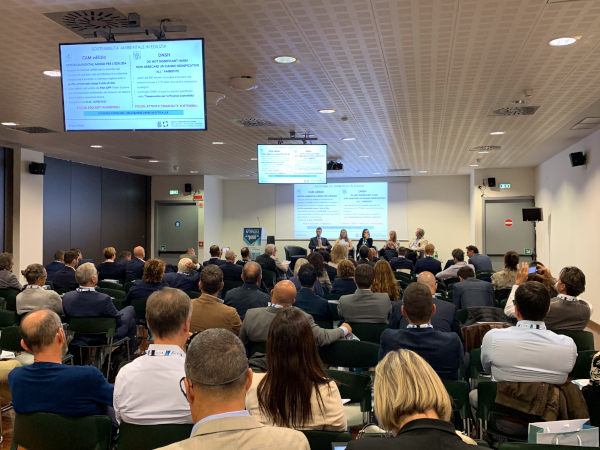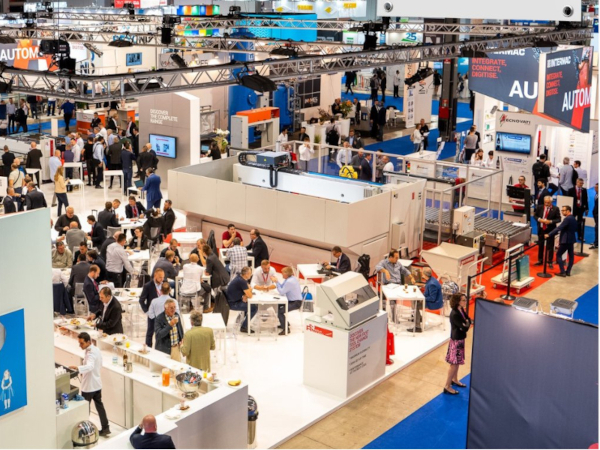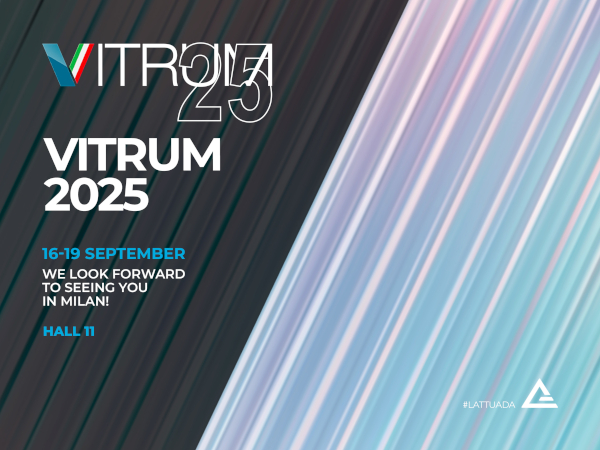Date: 2 October 2015
Spectacular, new results are always possible with glass as a result of ongoing developments in technology.
Fascinating, versatile, mysterious, practical, multi-shape, universal, immortal. Simply put extraordinary. Everything can be, and has been said about glass, but one thing for sure is that not everything has been done. And this will always be the case, because of its unlimited capability to stimulate the creativity and imagination of those who choose it, intentionally, as their preferred material. Its pulling power is so strong that even for “the people in the trade” the surprises never end. We had a practical demonstration of this when thinking, planning and organizing the GLASS, THE GREAT UNEXPECTED exhibition: while having a professional vision and knowledge of glass and its processing possibilities, simply investigating and probing into the finest experiences collected by human artistry in this field made us understand that the title of the exhibition couldn’t be more fitting. For everyone who was involved in setting up the exhibition it was a tiring but most importantly exciting experience, selecting and collecting the finest pieces in history from 2,000 years ago to the present, and trying to understand what can be done in the future.
Of course, only an infinitesimal part of this immense legacy was collected, but having been able to organize a logical tour that could be readily available to visitors was a very gratifying experience.

Professor Adriana Baglioni, formerly a professor at the Polytechnic University of Milan and registered with the Milan Board of Architects, is the curator of the exhibition. She signed the exhibition concept as well as the development and assembly of the exhibition contents. We asked her for some comments.
Professor Baglioni, what will a visit to GLASS: THE GREAT UNEXPECTED leave to the public?
The public will consist mainly of glass specialists and experts, so they will not simply let themselves be won over by glass as a material. Each of them will have the opportunity to see in detail how the entire glass processing cycle and its end use, apart from specialist projects or specific processing step, calls for complex, very skilled professional work. Glass is a material that stimulates creativity a great deal and then with great generosity rewards you for all your efforts. The starting point is the designer’s creativity and then the process continues with the ability of the producer and each specialist to obtain the final result and its application. Well, I think that the exhibition can give the glass professional a sense of what he does, a vision that goes beyond his specific sector, once again highlighting the quality aspect as well as the quantity.
Glass has been used increasingly more in architecture worldwide since the post-war period to the present. What is it that fascinates designers so much?
I’m going to be a little nasty here. Some designers are perhaps less committed and delegate part of the architectural result to the producer of the facades: he commissions the glass skin, buys it by the square meter and has it put in place, normally with excellent results from a technical-functional and aesthetic point of view. Any glass clad prism has appeal and dignity. However there are also good designers, who are stimulated to come up with new ideas and test them. Glass is a fantastic material, you can bend, curve and morph it any way you want, you can have fun and invent beautiful claddings, because you have understood what its secret is and made the most of it. This is the sense of that inexhaustible appeal. And we give tangible proof of this at our exhibition.
What could the next frontiers in the use of glass in architecture be in your opinion?
Much has already been done with shapes and performance. However, I think a lot still remains to be done with the color-light-image effect. For example, for his Shard of Glass in London, Renzo Piano tried to obtain maximum transparency by using a special glass with a very low iron content. Thus obtaining a crystal effect. Others play with color by adding colored LEDs such as at the Flame Towers in Baku. This color frontier can also be pushed further with interactive surfaces: in a world where changing images are becoming more important, a glass surface can become a screen that is always in motion, linked to the changing moments of the day and night and the passing of time.









Add new comment